
AeroGenie — 您的智能副驾驶。
热门趋势
Categories
Rogue Pilot Attempts to Shut Down Engines at 31,000 Feet
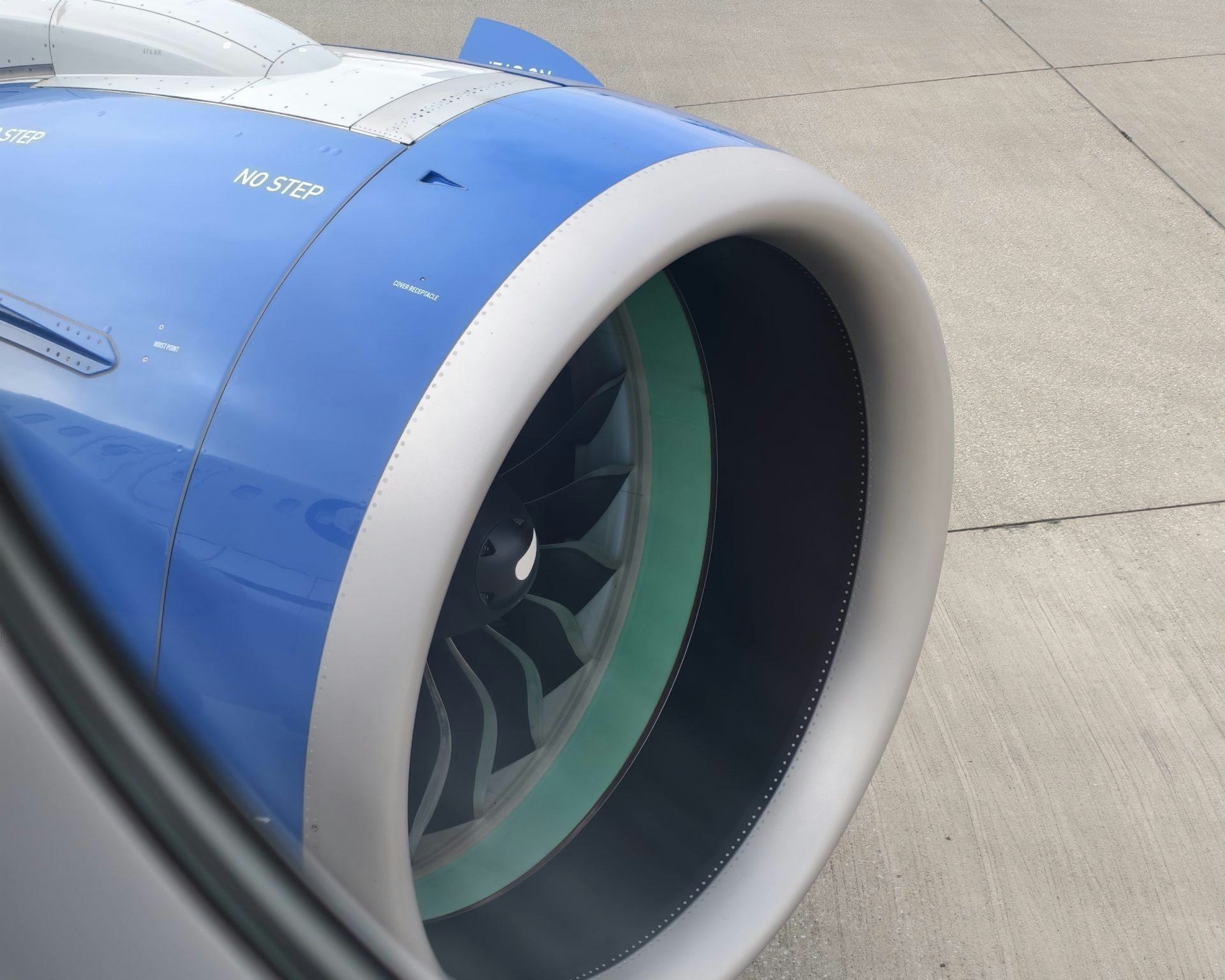
Rogue Pilot Attempts to Shut Down Engines at 31,000 Feet
In October 2023, a harrowing incident aboard Alaska Airlines Flight 2059 underscored the critical importance of cockpit security and airline safety protocols. The Horizon Air-operated Embraer 175 was cruising at 31,000 feet en route from Everett, Washington, to San Francisco, California, carrying 84 passengers and crew when an off-duty pilot attempted to disable both engines mid-flight.
The Incident and Immediate Response
Captain Joseph David Emerson, an experienced Alaska Airlines pilot seated in the cockpit jump seat, unexpectedly reached for the engine fire suppression controls, known as T-handles, in an apparent attempt to cut off fuel supply to both engines. Such an action, if successful, could have resulted in a catastrophic dual engine flameout, placing all on board in grave danger. Fortunately, the on-duty flight crew acted swiftly to reset the fire suppression system and physically remove Emerson from the cockpit. The aircraft was diverted safely to Portland International Airport, where Emerson was taken into custody. Alaska Airlines confirmed that engine power was never lost, attributing the safe outcome to the crew’s rapid and professional response.
The airline publicly commended the Horizon Air captain and first officer for their composure and decisive action in managing what was described as a credible security threat. The incident has since prompted a renewed examination of cockpit access policies and mental health support for flight crews, as industry experts emphasize the psychological toll such events can impose on both crew members and passengers.
Background and Broader Implications
Court documents and witness statements revealed troubling details about Emerson’s mental state at the time of the incident. He reported having been awake for approximately 40 hours, suffering from dehydration and exhaustion, and experiencing depression for six months. Emerson also admitted to having taken psychedelic mushrooms for the first time two days prior to the flight. He described his actions as an attempt to “wake up,” believing he was dreaming when he pulled the fire handles.
Emerson’s career with Alaska Air Group spanned over two decades, beginning with Horizon Air in 2001, transitioning to Virgin America in 2012, and continuing with Alaska Airlines following its acquisition of Virgin in 2016. He was promoted to captain in 2019 and maintained all required Federal Aviation Administration (FAA) medical certifications, with no prior disciplinary record.
The incident has reverberated throughout the aviation industry, prompting regulators and airlines to intensify scrutiny of safety and security measures. Airlines are reviewing and strengthening protocols to reassure passengers and maintain public trust amid growing concerns. The episode also highlights the increasing focus on mental health support within the aviation sector, recognizing its vital role in preventing similar occurrences.
Industry Context and Ongoing Investigations
This event has drawn parallels with safety challenges in other sectors, such as the recent recall of Nissan Rogue vehicles due to potential engine failures. Both cases emphasize the necessity of rigorous safety checks and proactive risk management to safeguard lives and uphold confidence in critical industries.
As investigations continue, the Alaska Airlines Flight 2059 incident serves as a stark reminder of the unpredictable challenges faced by airlines. It underscores the essential role of vigilance, comprehensive training, and mental health resources in maintaining the highest standards of aviation safety.
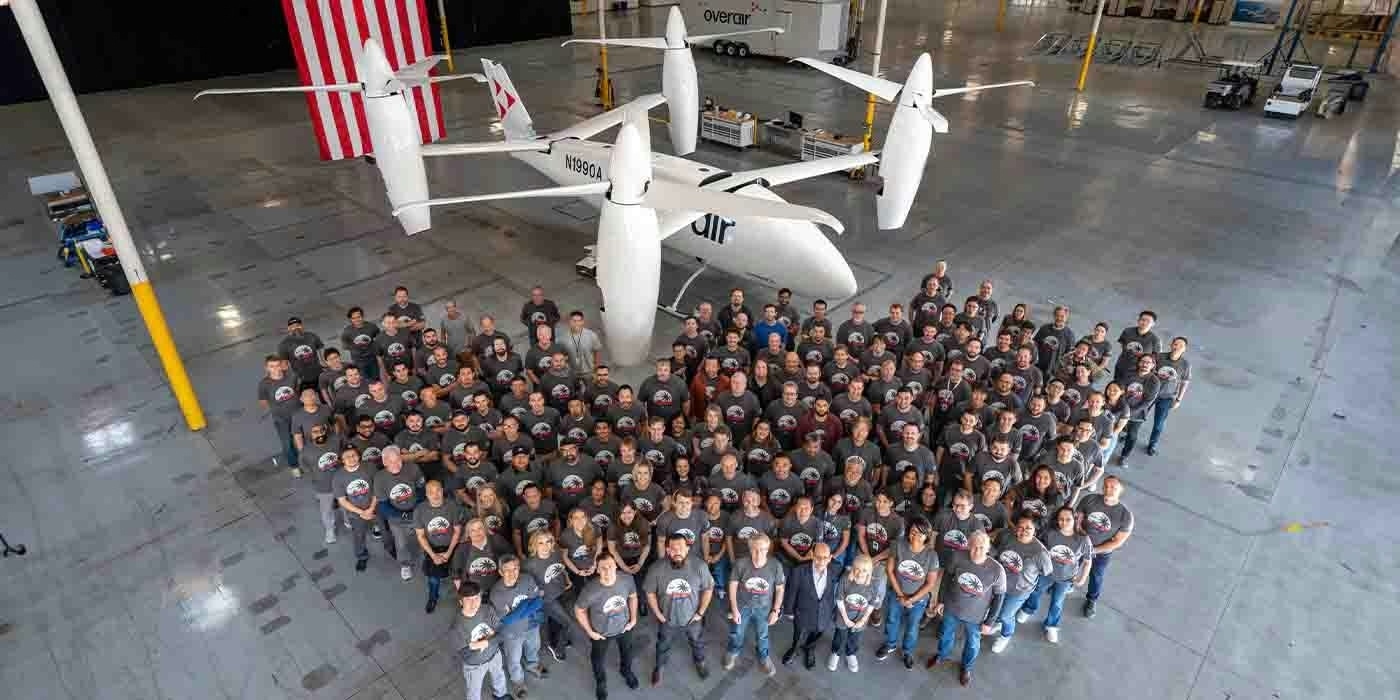
Unique mixed-propulsion eVTOL completes transition flight testing
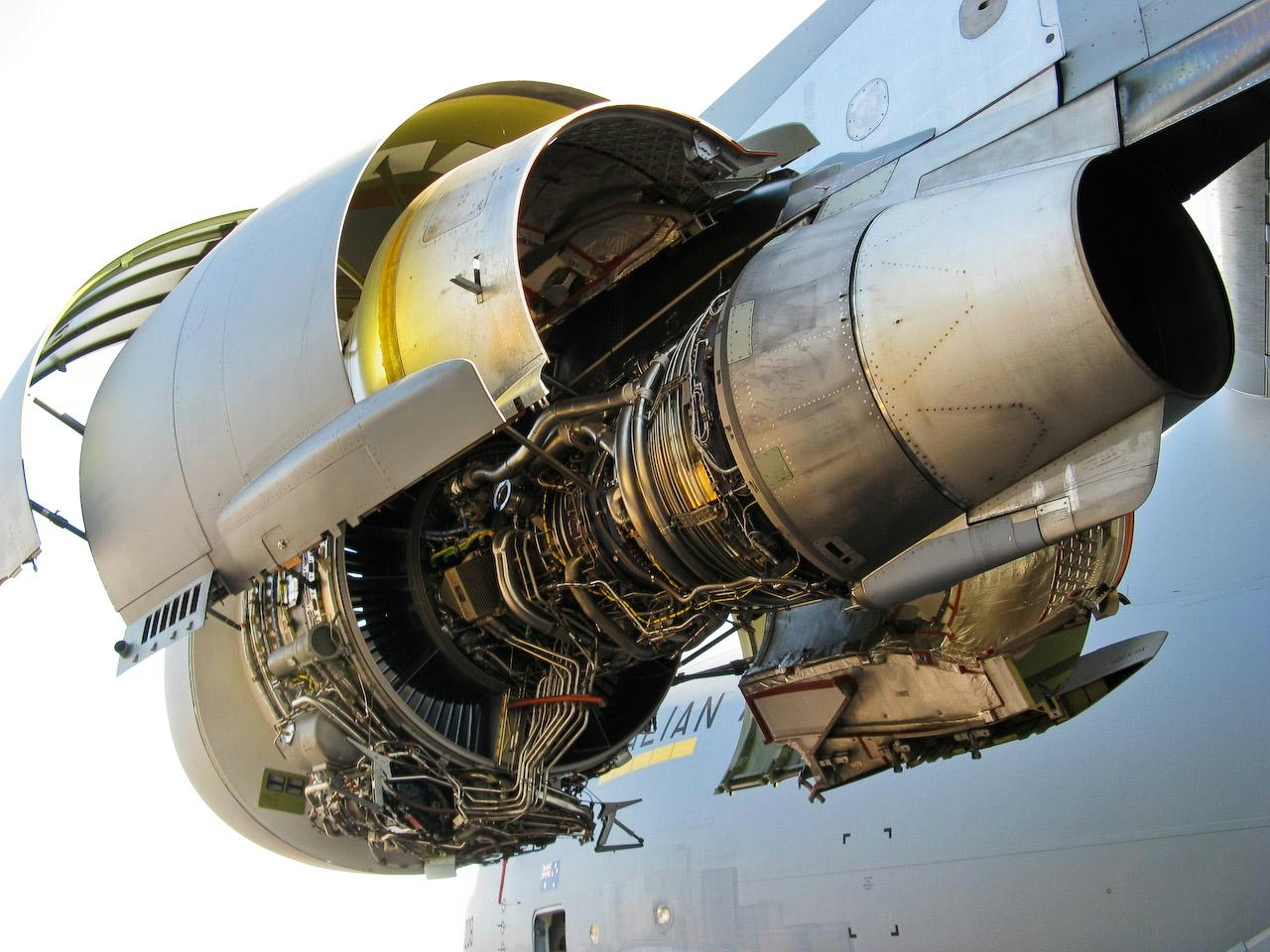
Are C-17 Globemaster Engines Derived from Boeing 757?
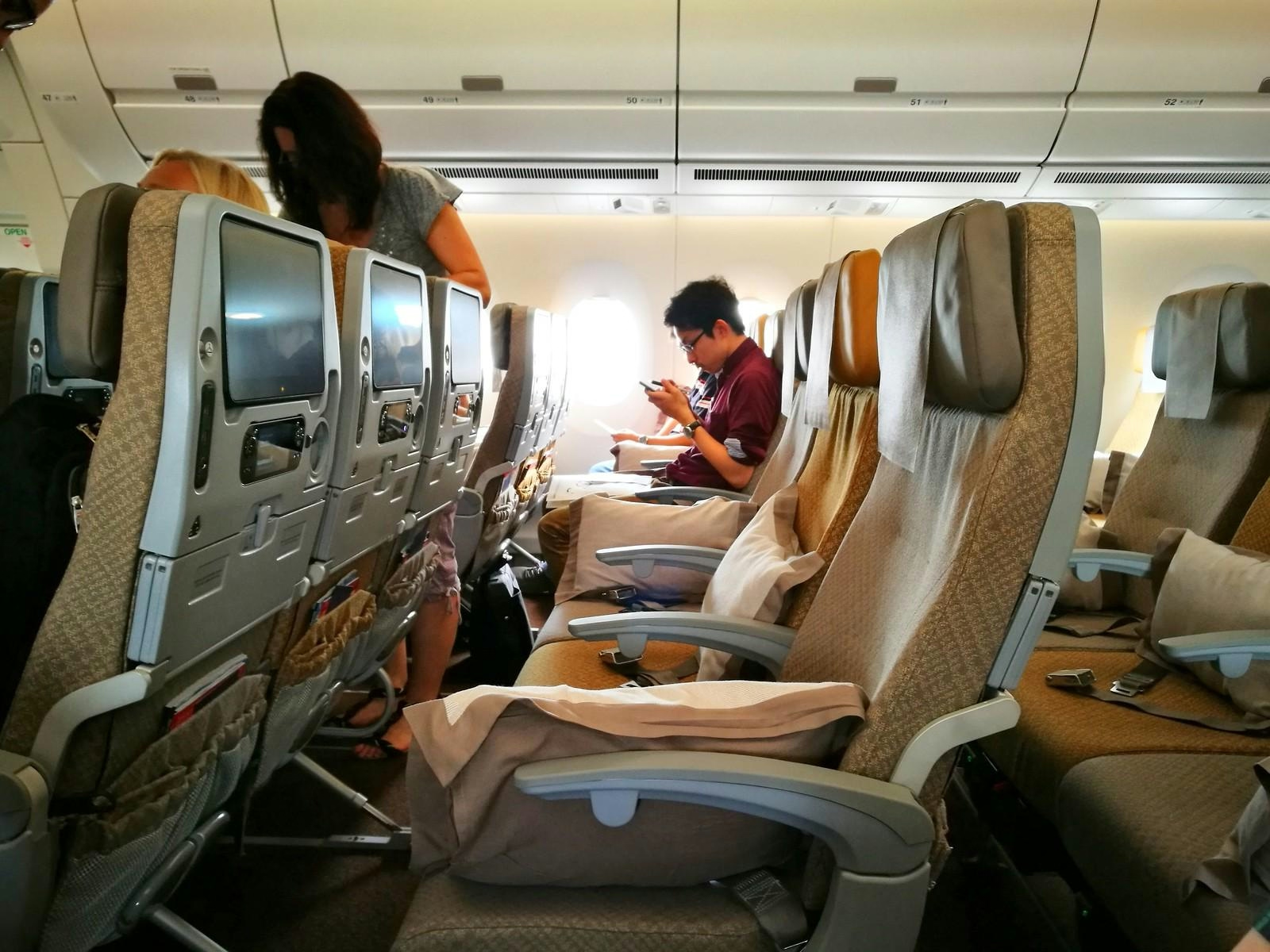
Why the Airbus A350’s Cabin Is Quieter Than Other Aircraft
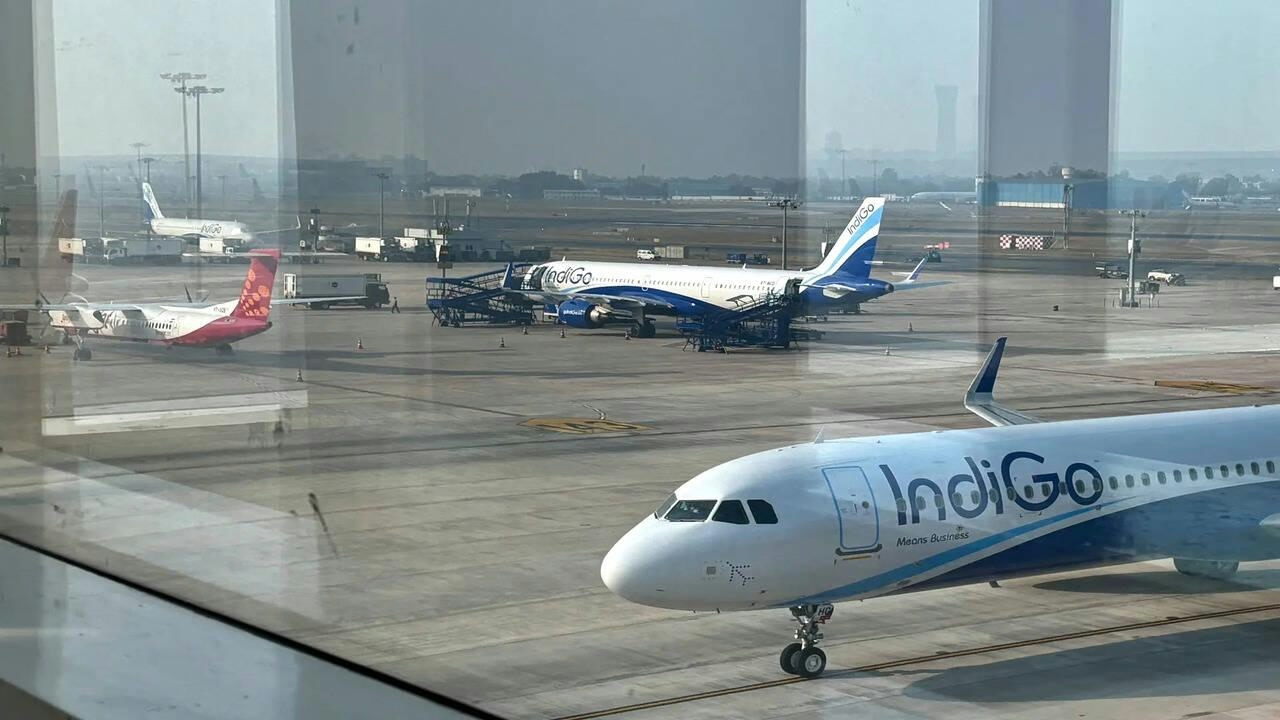
AI and AI Express Plan to Increase Capacity Amid IndiGo Flight Disruptions
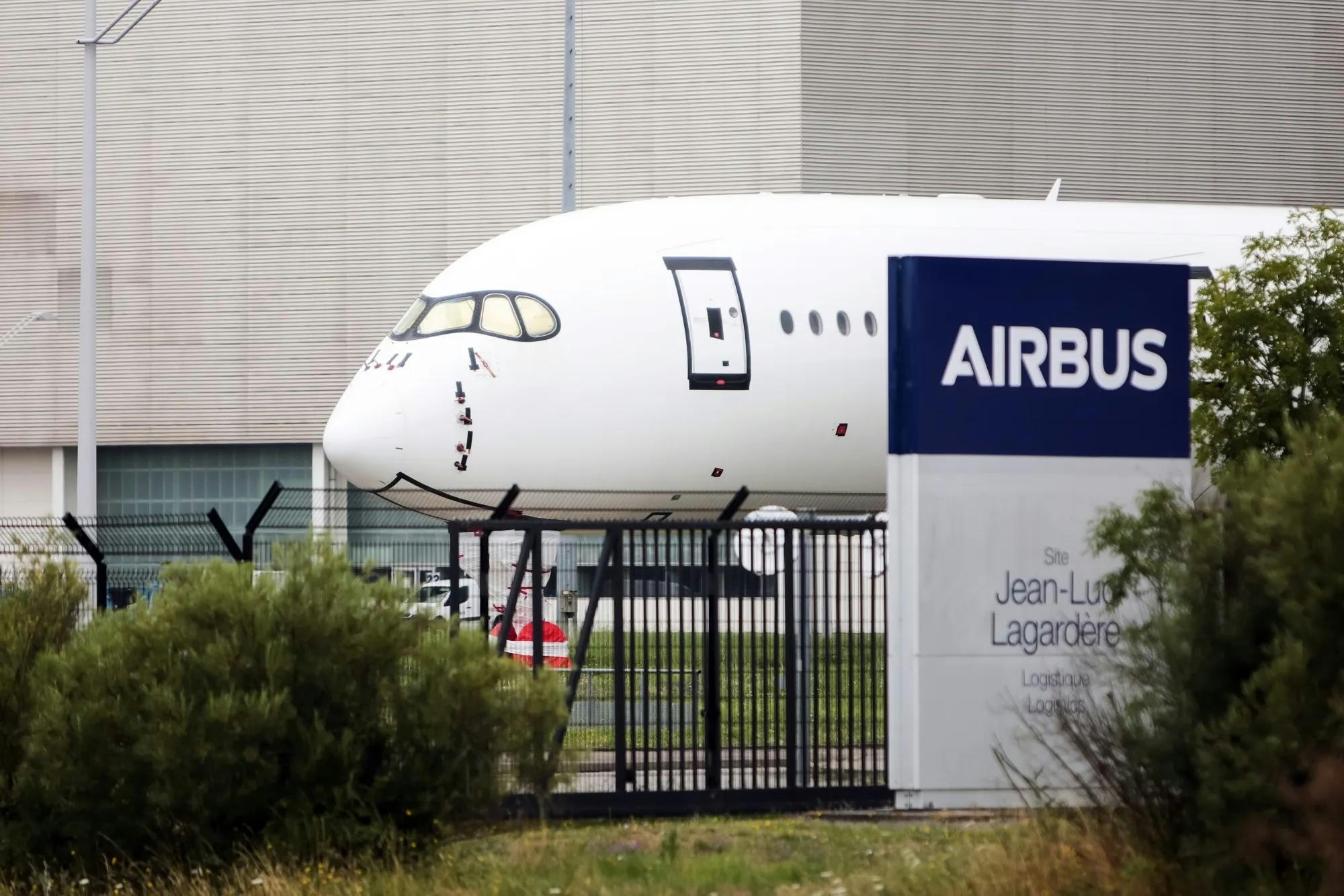
Kazakhstan and France Agree on Airbus Aircraft Deliveries
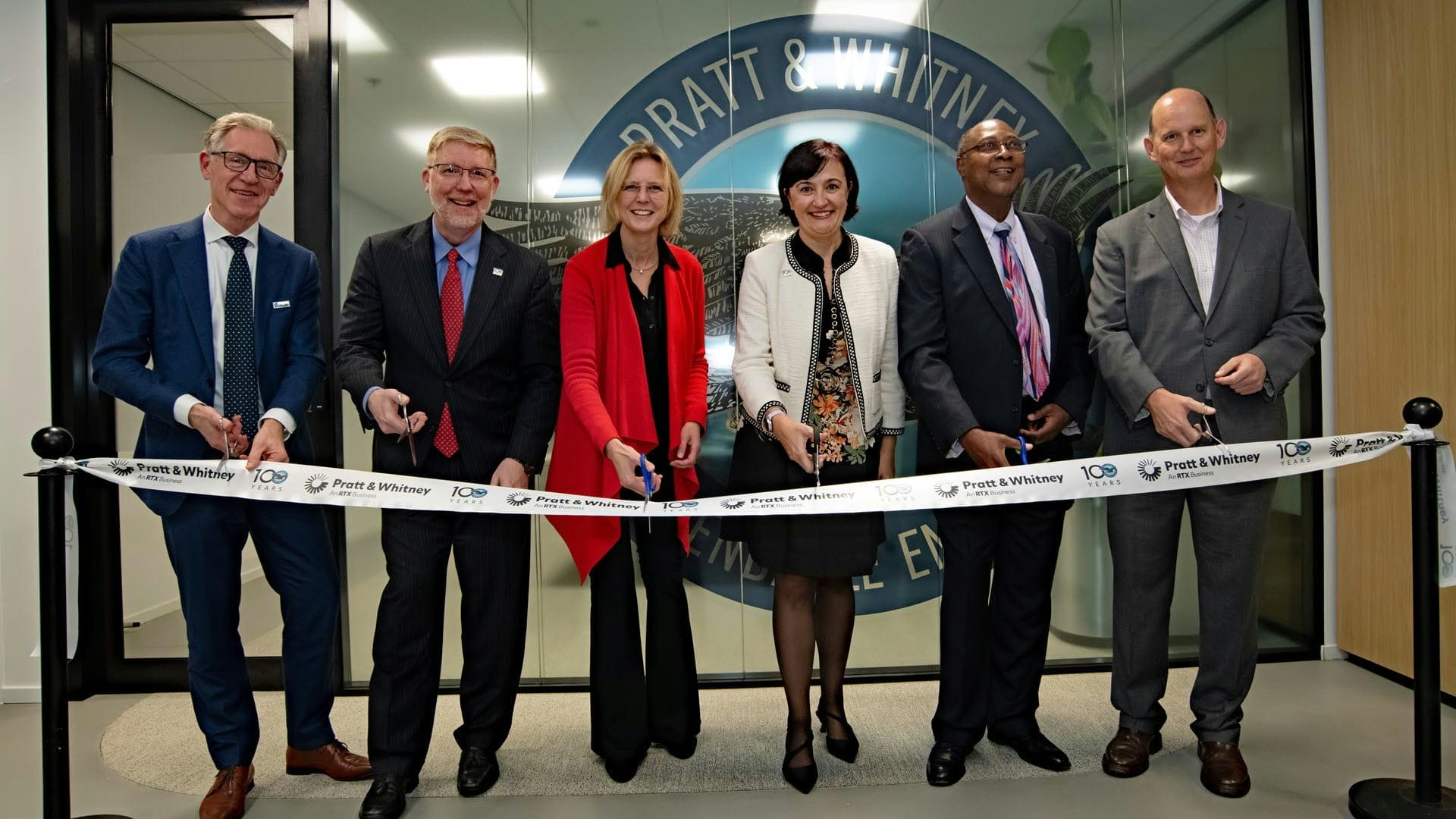
Europe’s Emerging Talent Drives Aviation Innovation
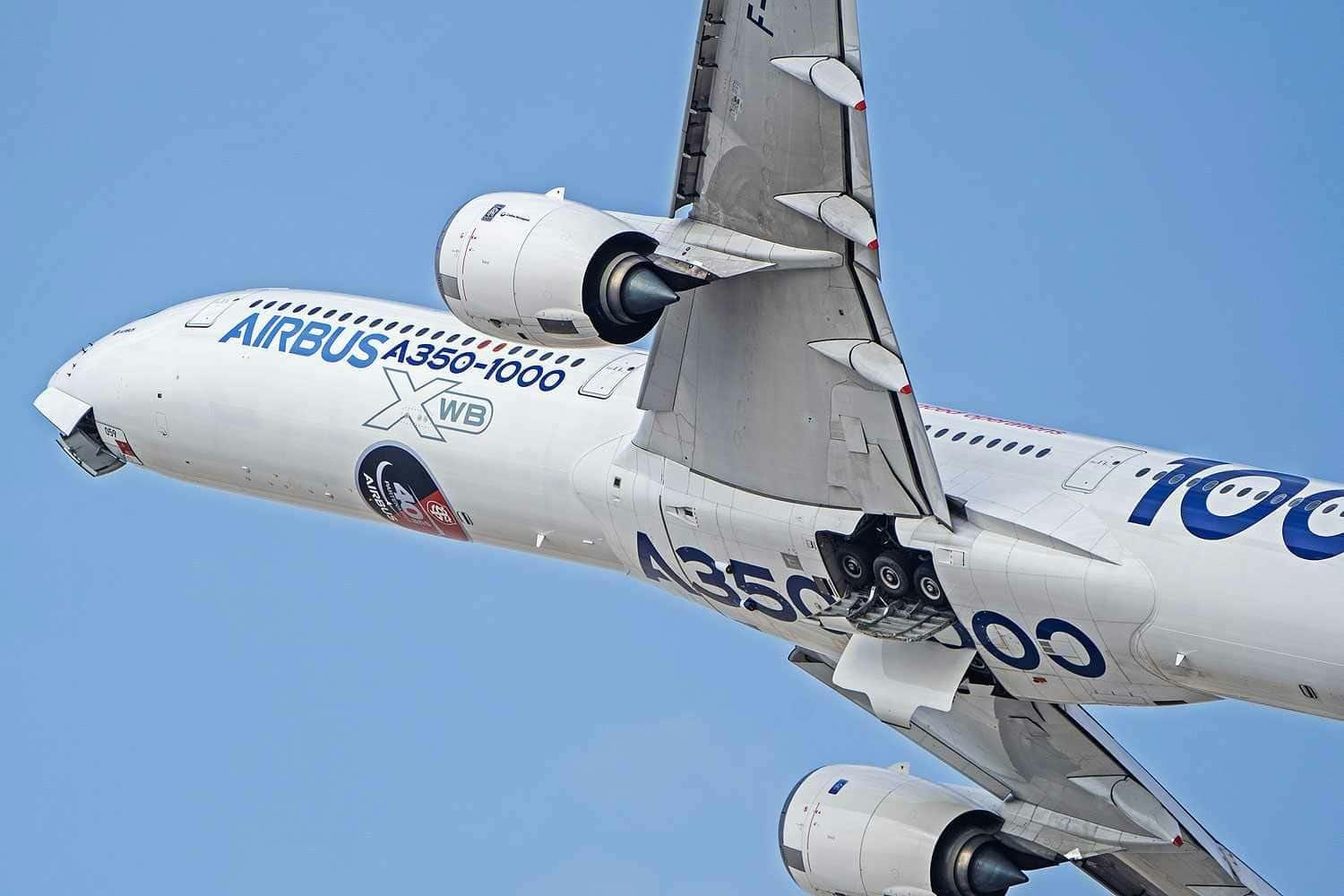
Airbus Receives New Order for A350-1000
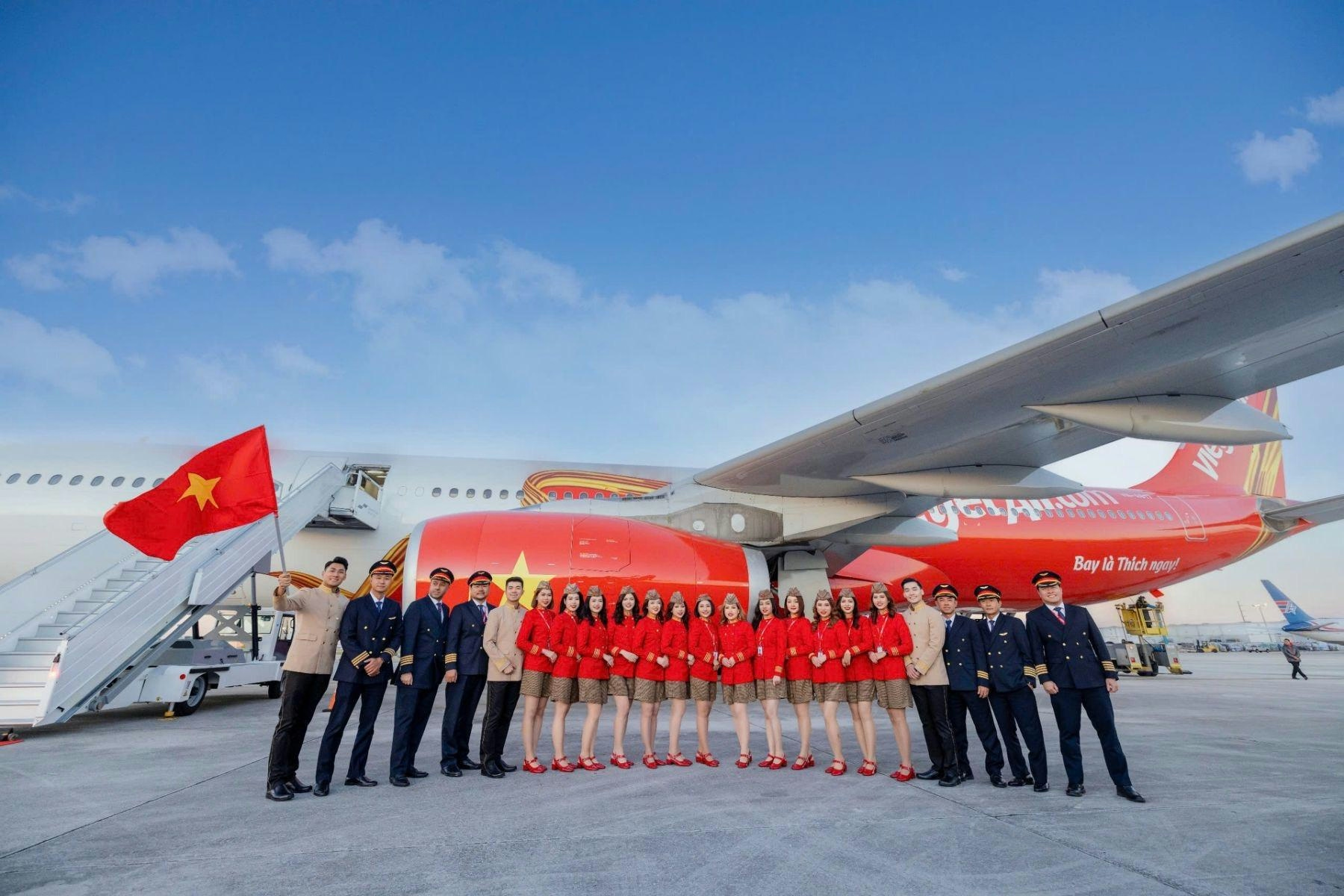
The Leading Widebody Aircraft in Service Today
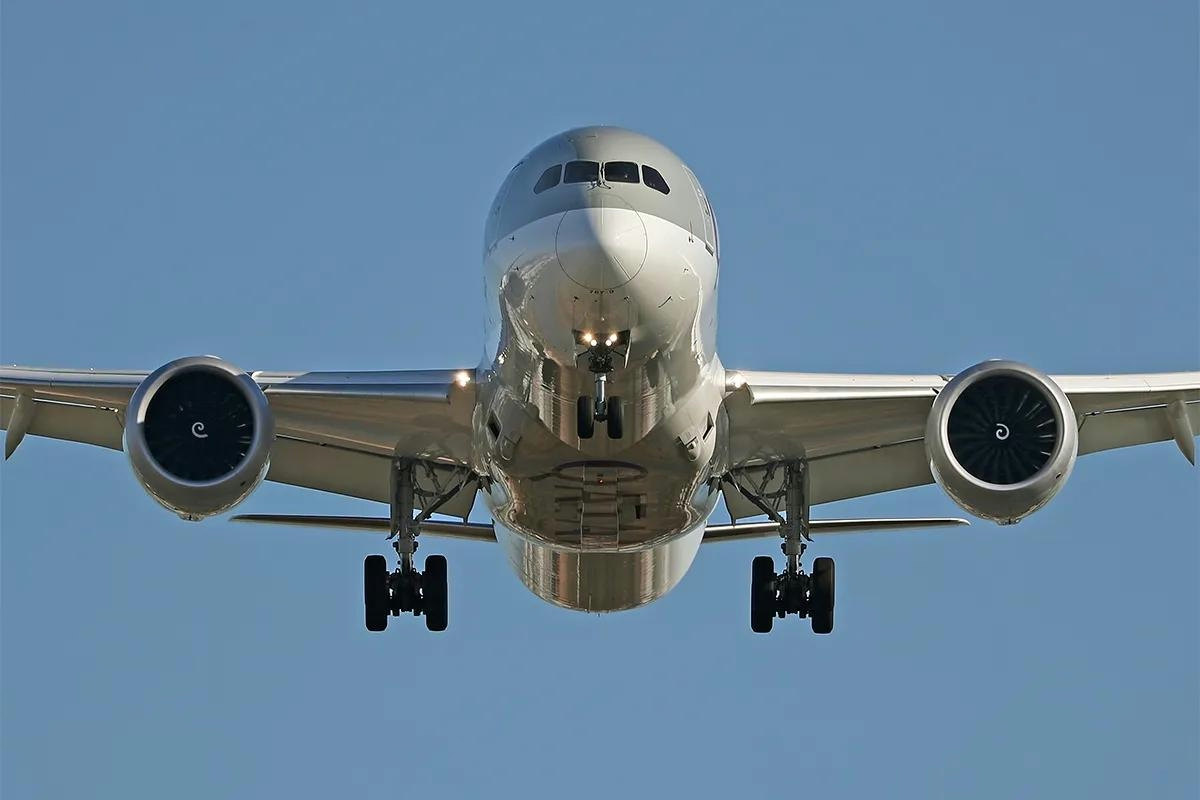
The Fastest Boeing Jet Currently in Service
